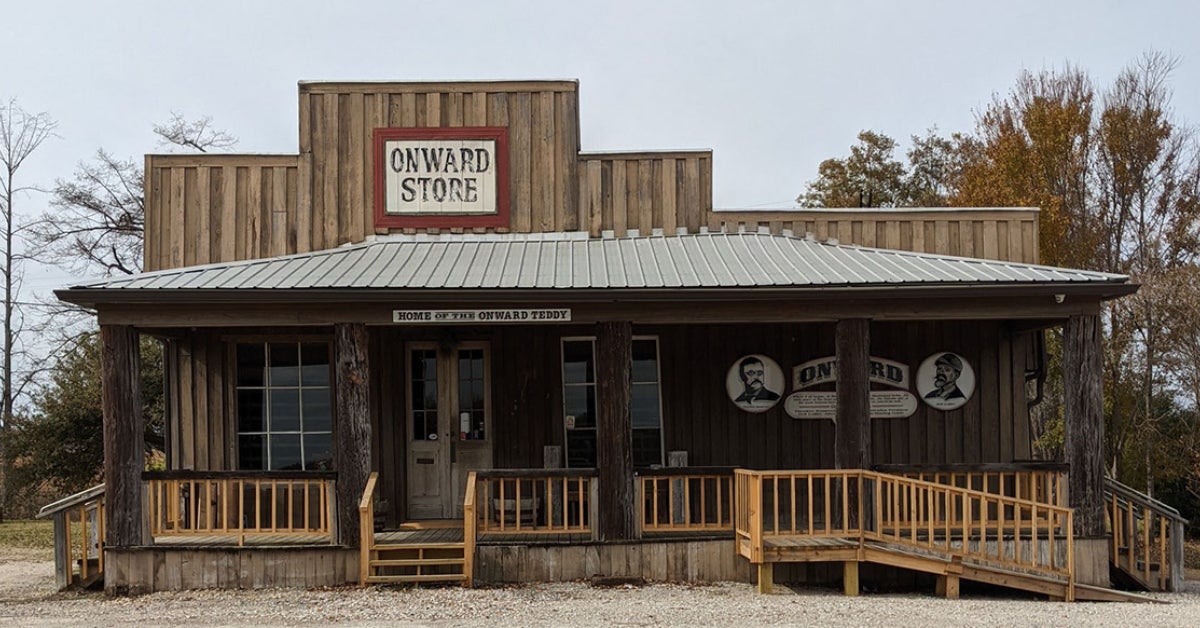Her typical day is much more than minor injuries, Band-Aids
Published 12:00 am Thursday, December 26, 2002
Occupational health nurse Frankie N. Wilkinson is reflected in the nameplate outside her office at the Engineering Research Development Center. (The Vicksburg Post/C. Todd Sherman)
Her job was a lot different from today when Frankie Wilkinson started work 30 years ago at what was Waterways Experiment Station.
In 1972, her job at the federal research complex was staffing the first-aid office and patching up people with minor injuries.
“I didn’t even have medical files on the employees,” she said.
Today, the position is as active as it is reactive, including screening potential hazards to reduce risks at the 1,200-employee complex of more than a dozen scientific labs. A physician is also on duty part time.
Wilkinson, wife of retired police officer Hugh Wilkinson, came to Vicksburg in 1958 when she entered nurse’s training at Mercy Hospital-Street Memorial, which then offered course and practical work leading to the registered nurse designation.
“I went through the three-year program to become an R.N.,” she said.
After graduation, she worked for 10 years as a surgical nurse with Dr. Donald T. Imrie, an orthopedic surgeon on the Mercy and Street Clinic staffs.
After joining the staff at WES, which is now a part of the multisite U.S. Army Engineering Research and Development Center, her job began changing from a person to provide first aid to a full-fledged occupational health officer.
“As an OR nurse, you were continually repairing things that had been injured or broken, and with the occupational health, we are trying to prevent that,” Wilkinson said, explaining the different roles she has played in the health-care system.
Instead of assisting a surgeon in an operating room, an occupational health nurse’s typical day could be more like the day of a nurse who works in a physician’s office.
A typical day could include tasks from helping a physician perform a physical to counseling individuals with problems to running all kinds of examinations from hearing tests to vision tests to breathing tests to electrocardiograms.
As Wilkinson prepares for official retirement next week, she said the occupational health office treats routine colds and sore throats, but the office staff also tries to provide any counseling an employee needs as well as assistance in determining what type of specialist may be needed to address a specific health problem. Pre-employment physicals are also an important part of the office’s work.
“We do medical surveillance. Individuals who work in certain areas where they are exposed to chemicals or hazardous waste or radiationwe routinely check them to try to prevent them from getting overexposure,” she said.
The people who fall under the medical surveillance requirements must be checked out at least once a year.
In addition to the people at WES, Wilkinson has responsibilities for health records for people at some of the other ERDC sites.
“Now, I have all the medical records for our people at (the Construction Engineering Research Laboratory) at Champaign (Ill.) and (the Cold Region Research and Engineering Laboratory) at Hanover (N.H.). So, I deal with their medical problems as well as ours, and a few other places,” she said. “I advise them on what kind of medical surveillance is needed for the individuals.”
Thirty years has not been just applying a coating of antiseptic and a bandage to cuts, checking an employee’s blood pressure or doing examinations, there have been some interesting things happen.
One of those, Wilkinson recalled, was the time she had to get an employee back home after he became ill.
“I guess I was here about six months, and I had to fly to Harrisonburg, Pa., to come home with an employee who had had a heart attack up there,” she said. “We flew back on the Corps of Engineers plane out of Washington (D.C.).”





